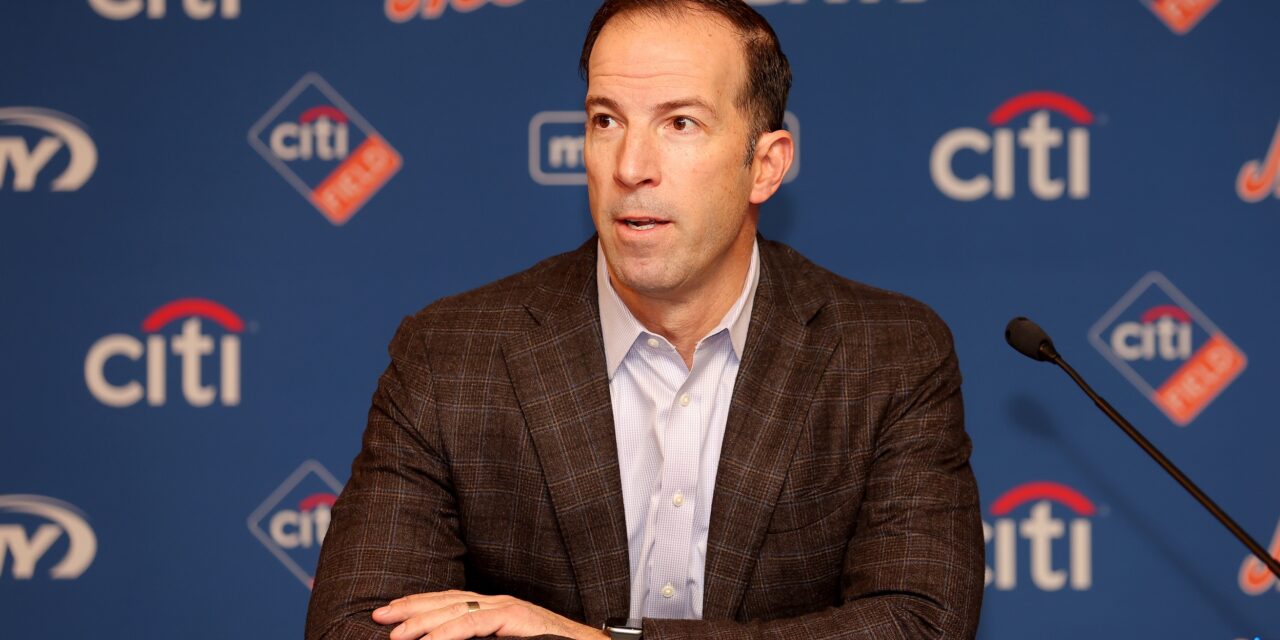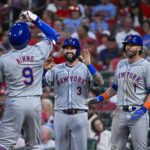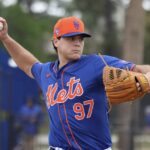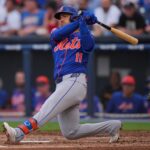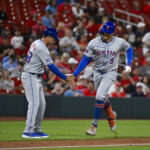The Mets, losers of five in a row entering Sunday’s matinee with the Baltimore Orioles, one of the best and youngest teams in the majors, put out a lineup featuring a lineup that featured Jeff McNeil, Pete Alonso, Francisco Lindor, and six guys who were not on the 40-man roster at the end of April. Five of them were in Triple-A—a mix of prospects and what feels like a handful of last-chancers on either side of 30—and Omar Narváez was a couple of weeks into a 60-day injured list stint. DJ Stewart was batting fourth!
It was easily the worst starting lineup the Mets put out all year, and it might get worse. But I’m not sure it will frequently get much better, either. And that’s by design.
After making the decision to enter a hard sell at the trade deadline, the Mets have lost six of their seven games games. They’re positioning themselves for (ideally) a more cost-effective-yet-competitive 2024 and a far more well-rounded team in 2025 and beyond. This decision was well-received and regarded by evaluators, and—somewhat shocking—generally well accepted by the fan base. (A little bit of openness and honesty from ownership has goes a long way, for Mets fans, at least.)
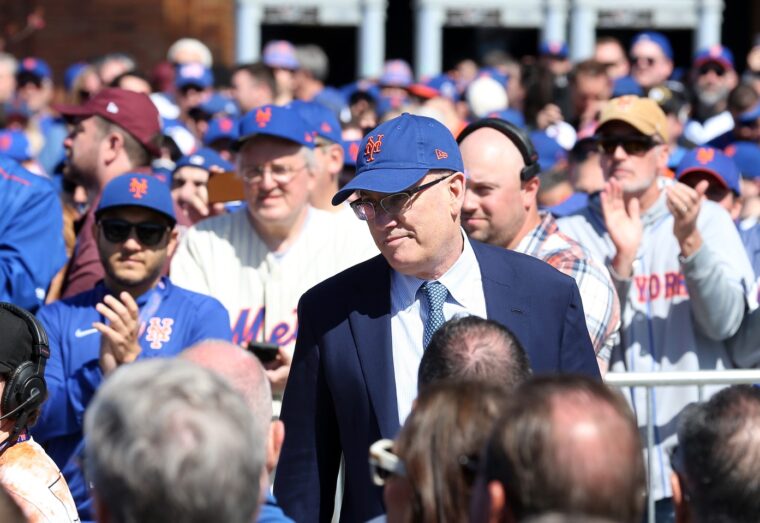
But that’s only the start. Part of building the team for a better future includes not spending tens of millions over the luxury tax year-over-year. That’s (for the most part) not because of the money, in Steve Cohen’s eyes. It’s because of the compounding draft implications. It seems Cohen now wants to get the farm system correct, then spend money—not spend money until the farm catches up.
Currently, for the second year in a row, the Mets are looking at their first-round pick being docked 10 spots for spending at least $40 million over the luxury tax threshold. Their 2023 pick went from 22nd to 32nd. That will happen again this year. Unless, of course, the team lands a Top 6 draft pick.
The Mets’ 2024 Draft Situation
If the 2024 draft lottery comes and goes and the Mets have a pick outside of the Top 6, it will drop 10 spots. Going from 22nd to 32nd this year didn’t really affect the pick—they still landed a Top 15 talent in Colin Houck. Picking 22nd also means you made the playoffs. The spend is worth it. Going from 7th to 17th this year—especially in a year that evaluators consider relatively weak—could be a tough reality to swallow. And it means the money was a waste. You’re picking with other playoff teams without making the playoffs.
So how does the spend make it worth it this year? Post-deadline, it’s by getting the best 2024 draft pick possible. Cohen has turned spent money into Luisangel Acuña, Drew Gilbert, Marco Vargas, Ryan Clifford, and more. Now the Mets ought to find a way to get the best 2024 pick they can. That requires losing. A lot of it.
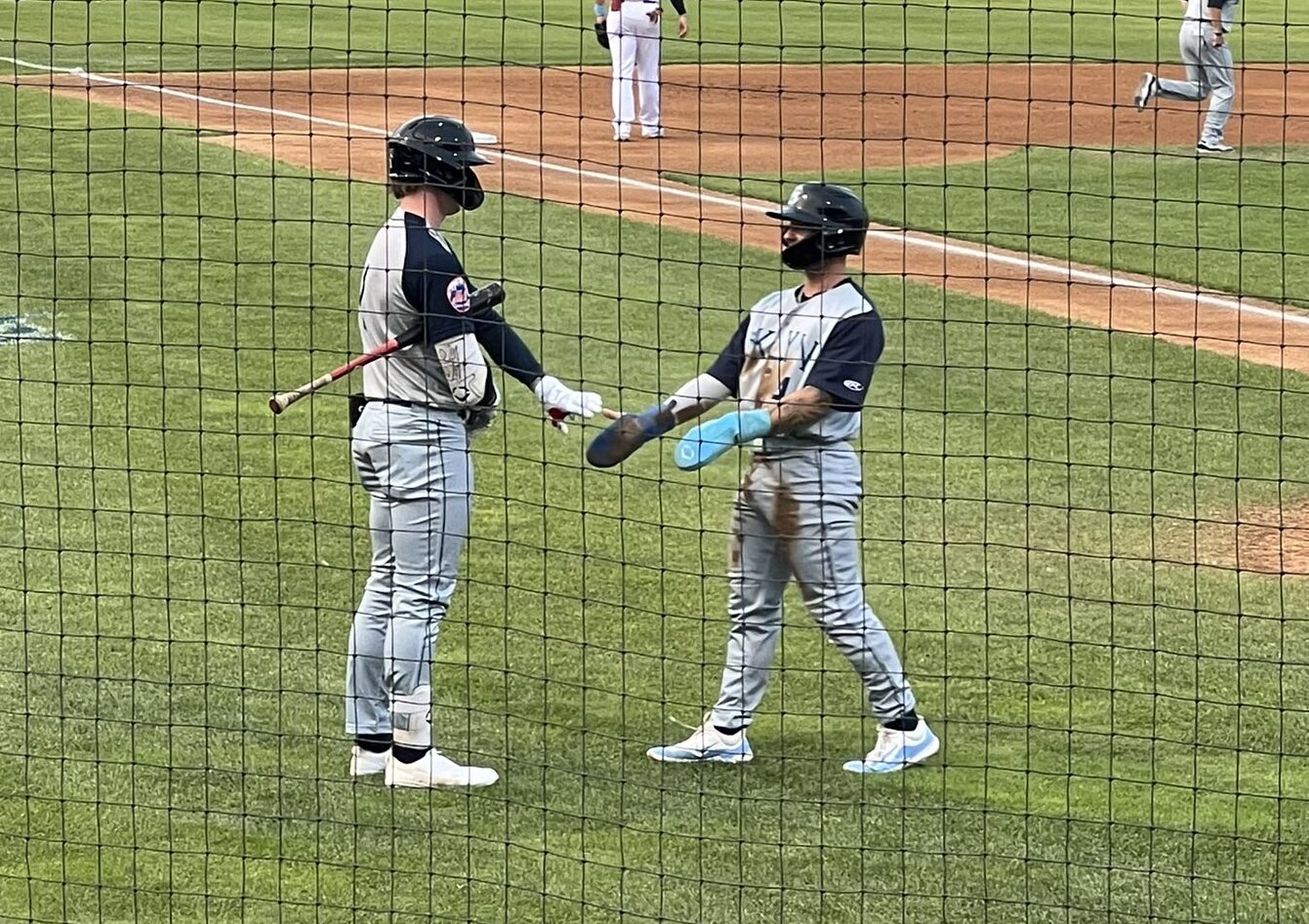
Ryan Clifford (left), Jett Williams (right) –Photo by James Villani of Metsmerized
As of publishing, the Mets are tied with the Pirates for the eighth-worst record in MLB. They’re not far from having the sixth-worst record, with the Tigers, Nationals, and Cardinals all within 2.5 games of the Mets.
Now, having the sixth-worst record doesn’t guarantee you the sixth-best pick anymore. But it increases your odds of getting one. Here are the odds of the 10 worst teams getting a Top 6 pick:
- Worst team: 81% (picks no worst than 7th)
- 2nd-worst: 81% (picks no worst than 8th)
- 3rd-worst: 81% (picks no worst than 9th)
- 4th: 71%
- 5th: 64%
- 6th: 53.3%
- 7th: 42.3%
- 8th: 31.9%
- 9th: 23.1%
- 10th: 15.9%
Your odds get about 10% worst the further you fall away from the Top 3. But if you have the sixth-worst record, you have better odds of getting a Top 6 pick than not.
But this year, there’s a small wrinkle: The Washington Nationals can’t pick better than 10th.
The Big-Market Washington Nationals
The new collective bargaining agreement defined 15 big-market teams and 15 small-market teams across MLB. This is important for revenue sharing, but it’s also important for the draft. Big-market teams aren’t allowed to pick in the lottery (the Top 6 of the draft) more than two years in a row. The Washington Nationals—a team defined as a big-market team in the CBA—picked 5th in 2022 and 2nd in 2023. The penalty is that the offending team can pick no better than 10th in the next draft.
This is all designed as an effort to fight tanking. Big-market teams can’t avoid spending year-after-year and get reward with Top 6 picks for half a decade. The same goes for small market teams, but their limit is three years in a row. (The A’s, and potentially the Tigers and Pirates, will be more incentivized to win in 2024 for the 2025 draft if they end up in the Top 6 of the 2024 draft. That would be each team’s third year in a row drafting in the Top 6, and they’d be pushed down to at least 10th in the 2025 draft).
The 2022 draft didn’t have the lottery, but it seems MLB retroactively applied the anti-tanking rules to that draft, too, because the CBA was signed for that season.
This means the Nationals’ lottery odds—wherever they fall—will be spread across all 17 other non-playoff teams. So, if the Nationals finish with the eight-worst record in baseball, each team—based on the odds above—will have a 1.876% better chance of having a Top 6 pick. After the odds get spread out, then the lottery happens.
This helps the Mets, especially if they have a better record than the Nationals when the season ends. Hypothetically, if the Mets finish with the seventh-worst record and the Nationals have the fifth, the Nationals’ odds get spread out evenly, and the Mets end up with the sixth-best odds to land a Top 6 pick. Those odds would still not be above 50% (42.3% + 1.867% = 44.167%), but the odds would be better than all but five teams.
(A massive shout out to Christopher Soto for explaining nearly everything in this section to me.)
It’s Going to be a Rough Last Two Months
Despite the Nationals wrinkle, the Mets can “control” their own destiny by losing a lot. Now, of course, the players would never willing lose. The Mets aren’t going to bench Pete Alonso and Francisco Lindor the rest of the year. Lindor made an excellent point that it’s important to show young players how to play the game from a preparation standpoint day-in and day-out over the next couple of months—even when times are tough.
There are prospects to give chances to and develop. There are guys like José Quintana to stretch out after starting the year with an injury. And there are guys like David Peterson and Tylor Megill, whom the Mets need to see if they can get back whatever they had in 2022 and learn something for 2024. (And you could argue guys like Luke Ritter, Carlos Cortes, Mike Vasil and others could grab a cup of coffee over the next 6-7 weeks. Why not see what they have?) Billy Eppler said all of this was a goal of the last two months.
But they can also bat DJ Stewart at clean up.
Even with Francisco Álvarez, Mark Vientos, and (perhaps eventually) Ronny Mauricio in the lineup, it’s not going to come without growing pains. (See: Brett Baty, who was sent down to Triple-A on Monday.) And when they’re not playing, Rafael Ortega, Danny Mendick, Abraham Almonte, and others aren’t going to propel wins night in and night out. Brandon Nimmo ought to play a little less frequently as he deals with soft tissue injuries and other ailments. Take Starling Marte, who is on the IL with another groin issue, as caution.
These next two months won’t be the kind of tank MLB is working to mitigate with its draft rule. The Mets aim to field a competitive team next year, and it’ll be hard not to with their core. But the Mets certainly are embracing the opportunity they have post-deadline to grab a high pick in the draft. The offense won’t get better without Tommy Pham and Mark Canha, and the pitching staff won’t be effective without Justin Verlander, Max Scherzer, and David Robertson. The front office seems okay with that, and the future of the team could benefit.


